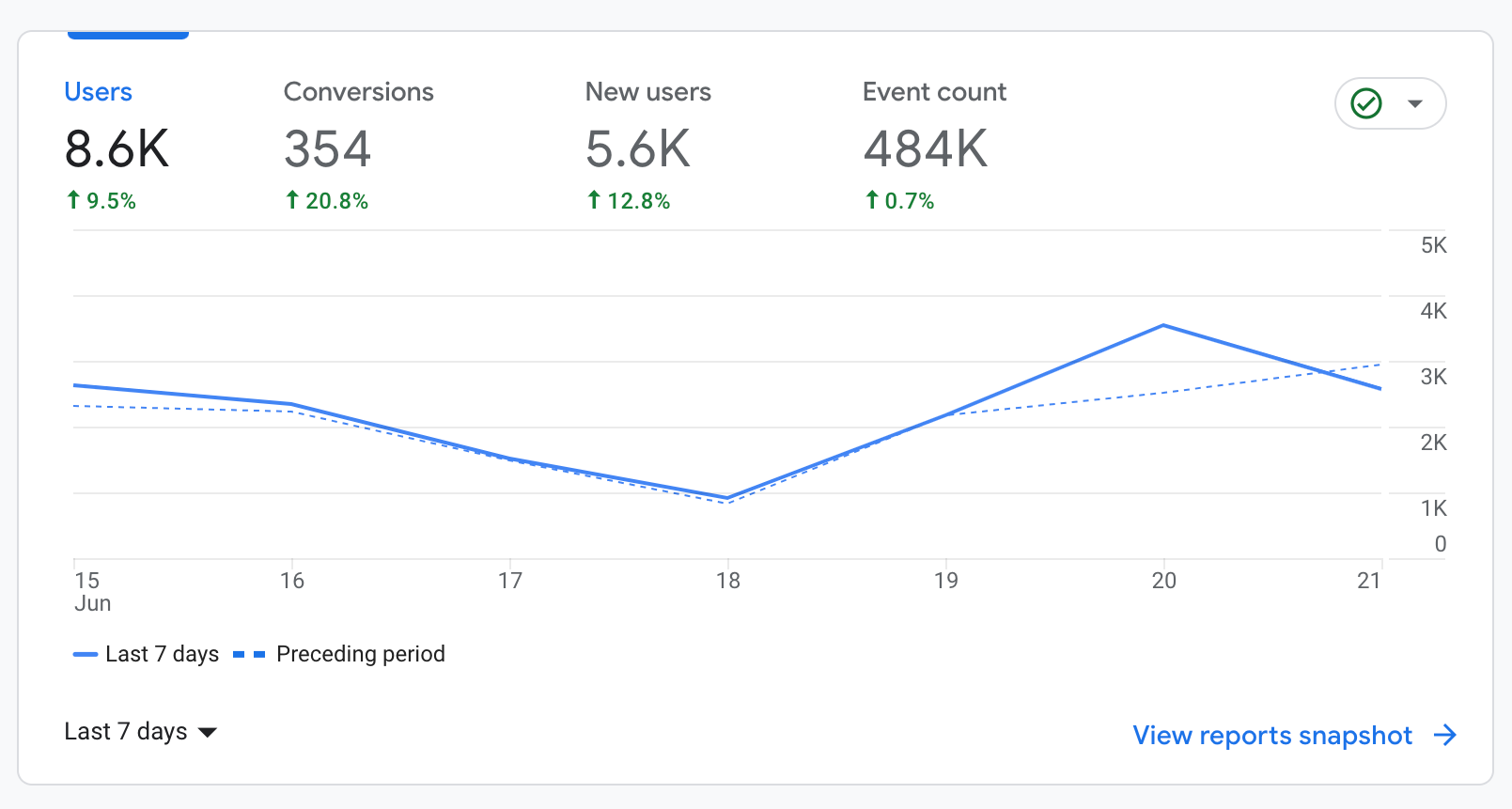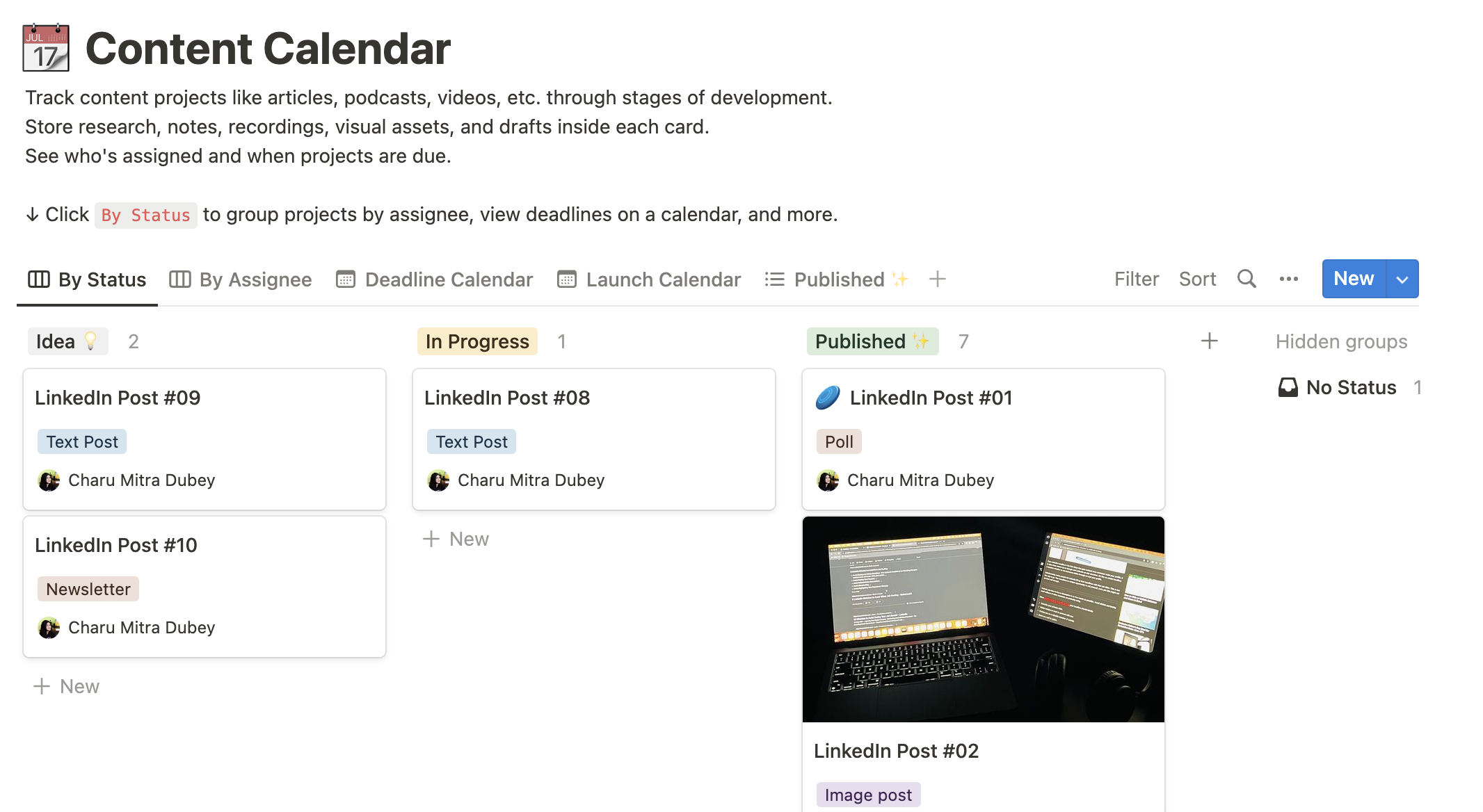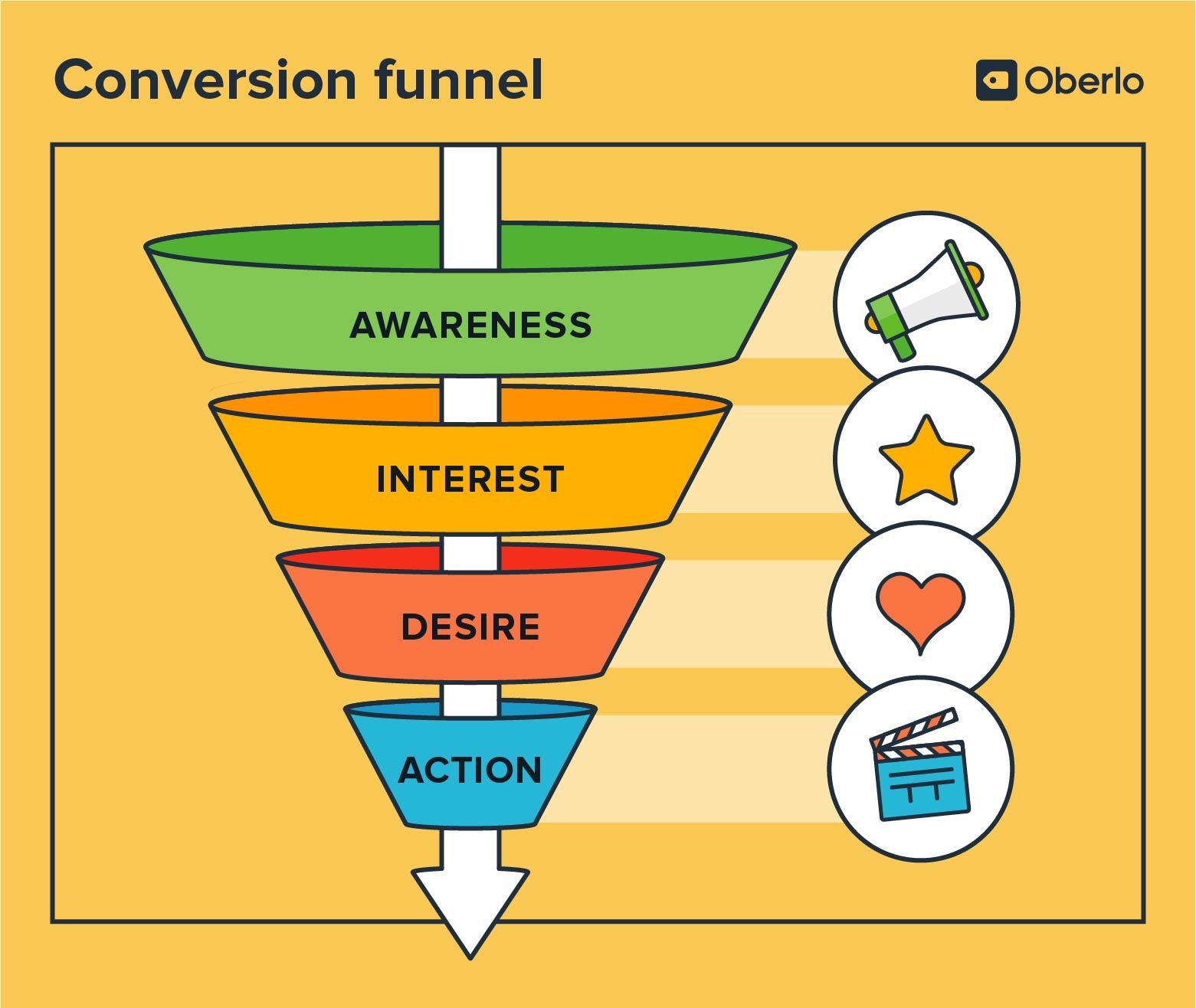Content Marketing Glossary: 50+ Terms You Need to Know About
Explore the ultimate Content Marketing Glossary featuring over 50 essential terms. Master the language of content marketing and boost your strategy today!

Content marketing is a dynamic field that is constantly evolving. It's essential to have a clear understanding of the terminology used in content marketing to communicate effectively with others in the industry. The Content Marketing Glossary is a comprehensive guide that explains the essential terms and concepts used in content marketing.
The purpose of this glossary is to provide a reference guide to anyone interested in content marketing, whether you're a beginner or an experienced professional. This document will help you understand the jargon used in the industry, so you can communicate more effectively with other content marketers.
In this glossary, you'll find definitions of key terms, concepts, and strategies used in content marketing. The Content Marketing Glossary covers everything from basic concepts like "content" and "marketing" to more complex topics like "persona" and "influencer marketing."
Whether you're looking to expand your knowledge of content marketing or need a quick reference guide, the Content Marketing Glossary is the ultimate resource for anyone working in the industry.
A
A/B Testing: A/B testing is a method to compare two versions of content to determine which performs better. Variants A and B are created, differing in one element, and their performance is measured to make data-driven decisions.
Analytics: The collection and analysis of data to gain insights into content performance, audience behavior, and marketing effectiveness.

B
Blog: A regularly updated online journal or informational website that publishes articles, opinions, and other forms of content.
Blog Post: A blog post is a short, written piece of content typically published on a website's blog. It provides information, insights, or opinions on a specific topic and is often updated regularly to engage and inform the audience.
Bounce Rate: Bounce rate refers to the percentage of website visitors who navigate away from a page without interacting with it further. A high bounce rate often indicates that the content did not engage or meet the expectations of the audience.
Brand Storytelling: Using narratives and storytelling techniques to convey brand values, mission, and unique selling propositions.
Buyer Persona: A fictional representation of an ideal customer based on market research and data, used to guide content creation.
Buyer's Journey: The process a buyer goes through, from initial awareness of a problem to making a purchase decision.
C
ChatGPT: ChatGPT is an advanced language model developed by OpenAI, trained on extensive text data to engage in dynamic conversations and provide informative responses. It is designed to assist users with various tasks and contribute to generating high-quality text on a wide range of topics.
Click-Through Rate (CTR): The percentage of people who click on a specific link or CTA out of the total number of impressions or views.
CMS (Content Management System): A software platform that enables the creation, editing, and publishing of digital content.
Content Audit: A systematic evaluation of existing content to assess its quality, relevance, and performance.
Content Automation: Using technology and tools to streamline content creation, distribution, and management processes.
Content Calendar: A schedule that outlines the planned content topics, formats, and publishing dates.

Content Curation: Finding, organizing, and sharing relevant third-party content that aligns with your audience's interests and needs.
Content Distribution: The process of promoting and sharing content across various channels and platforms to maximize its reach and visibility.
Content Engagement: The level of interaction and response generated by content, such as likes, shares, comments, and downloads.
Content Funnel: A framework that maps out the stages of the buyer's journey and aligns content to each stage to guide prospects toward conversion.

Content Gap Analysis: Identifying areas where relevant content is lacking or needed to address audience needs and preferences.
Content Localization: Adapting content to suit the linguistic, cultural, and regional preferences of a specific target market.
Content Management System (CMS): A software platform that enables the creation, editing, and publishing of digital content.
Content Marketing: A strategic marketing approach that involves creating and distributing valuable, relevant, and consistent content to attract and engage a target audience.
Content Metrics: Measurable data and statistics used to assess the performance and impact of content marketing efforts.
Content Monetization: Generating revenue from content assets through various methods, such as advertising, subscriptions, or sponsorships.
Content Optimization: The process of improving content to enhance its visibility, relevance, and overall performance.
Content Personalization: Tailoring content to meet the specific needs, preferences, and interests of individual users.
Content Pillar: A comprehensive and authoritative piece of content that serves as the foundation for a larger topic or theme, often supported by related subtopics and articles.
Content Promotion: The act of actively marketing and distributing content to increase its visibility and reach.
Content Repurposing: Adapting existing content into different formats or repackaging it for different channels or audiences.
Content Strategy: A content strategy is a strategic approach to content creation and distribution that aligns with a brand's objectives and audience needs, helping to maximize its impact and value. It encompasses content planning, production, promotion, and measurement to achieve marketing goals.
Conversion Funnel: The series of steps or stages that a prospect goes through before converting into a customer.

Conversion Rate: The percentage of website visitors who take a desired action, such as making a purchase or filling out a form.
CTA (Call-to-Action): A prompt or instruction that encourages the audience to take a specific action, such as subscribing, downloading, or making a purchase.
Customer Retention: Strategies and efforts to keep existing customers engaged and satisfied to encourage repeat purchases and loyalty.
E
E-book: A digital book or guide that provides in-depth information and can be downloaded or accessed online.
Editorial Calendar: An editorial calendar is a schedule or roadmap that outlines when and what content will be created and published. It helps maintain consistency and alignment with content marketing goals and ensures timely delivery of content to the audience.
Evergreen Content: Timeless content that remains relevant and valuable to the audience long after its publication.
G
Guest Blogging: Writing and publishing content on someone else's blog or website to reach a new audience and build authority.
I
Influencer Marketing: Collaborating with influential individuals on social media to promote content and reach their followers.
Influencer Outreach: Engaging and building relationships with influential individuals to amplify the reach and impact of your content.
Infographic: A visual representation of information or data, designed to make complex concepts easier to understand.
Inbound Leads: Inbound leads are potential customers who proactively engage with a business by expressing interest or seeking information through various marketing channels, such as websites, social media, or content marketing, rather than being pursued through outbound marketing efforts. They often result from a brand's effective content and digital marketing strategies.
Inbound Marketing: A customer-centric approach that focuses on attracting and engaging prospects through valuable content and experiences.
K
Keywords: Words or phrases that are relevant to a specific topic or industry and are used to optimize content for search engines.
L
Landing Page: A web page specifically designed to capture a visitor's information through a lead form or CTA.

Lead Magnet: Valuable content offered to visitors in exchange for their contact information or other desired actions.
Lead Nurturing: Building relationships with potential customers by providing them with valuable content and guiding them through the sales funnel.
N
Native Advertising: Paid advertisements that blend in with the surrounding content to provide a more seamless user experience.
O
Outbound Marketing: Traditional marketing methods involve actively reaching out to prospects through methods like cold calling or direct mail.
P
Podcasting: Creating and distributing audio content in a series of episodes, often available for download or streaming.
S
SEO (Search Engine Optimization): The process of optimizing content to improve its visibility and ranking in search engine results pages.
Search Engine Rankings: Search engine rankings refer to the positions at which webpages appear in search engine results pages (SERPs) for specific keywords or queries. Higher rankings typically lead to increased visibility and organic traffic, making them a crucial goal in search engine optimization (SEO).
SERP (Search Engine Results Page): The page displayed by a search engine in response to a user's search query.
Social Media Marketing: The use of social media platforms to promote and distribute content to reach and engage a target audience.
T
Target Audience: The specific group of people that content is created for and aimed at.
Thought Leadership: Establishing oneself or a brand as an authority and a trusted source of expertise within a specific industry or niche.
U
User-Generated Content (UGC): Content created and shared by users, often in response to brand initiatives or campaigns.
V
Video Marketing: Using videos to communicate messages, tell stories, and engage with the audience.